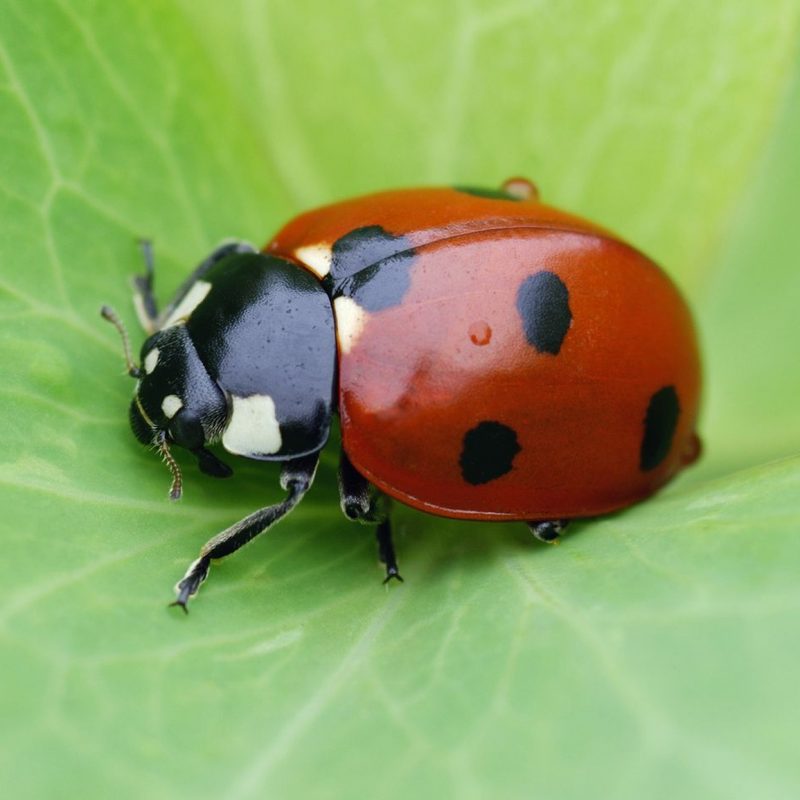In my last column I discussed how insects survive the winter by being either endothermic or ectothermic which leads us to the next question. Where do they go to survive the sometimes harsh Colorado winters?
Regardless of whether they are endothermic or ectothermic, they may also be in state known as diapause. This means they are in a semi-dormant condition when reproduction, development and most feeding stops. I liken it to hibernation in bears. It’s their survival mode during the winter months. Diapause is ended when certain environmental triggers occur such as days beginning to lengthen or as temperatures start to warm.
No matter which condition affects them, it’s helpful to know where these critters overwinter in order to know from where the populations in your garden are emerging in order to know how to control them. The following is a partial generalized list based on the more prevalent bugs in this area.
Grasshoppers survive as eggs below the surface of the soil, though some survive as adults or nymphs. Aphids and mosquitoes survive in eggs laid above the soil. Aphids are generally found near host plants that they favor for food sources such as thistle, bindweed, and grasses. Considering the prevalence of these plants in our area, it’s no wonder aphids are so rampant and difficult to control throughout the season. Some aphids migrate too, which swells their numbers during the summer months. Most mosquitoes overwinter as eggs laid around water sources though some spend the winter as adults sheltered in protected areas.
Hornworms (in a pupal form) and potato beetles (in an adult state) survive buried several inches deep in the soil. They favor wooded areas under leaves and brush or fields which provide good cover.
Honey bees, yellow jackets, bumble bees, lady bugs, and squash and boxelder bugs all overwinter fully grown, above ground, hiding in protected areas. In some cases in the wild, it might only be the queen bee that survives and perhaps a few workers that re-establish bee colonies each year. You’ll find them sheltering in protected places such as hollow trees, crevices in walls, abandoned bird nests or houses, and any other places that offer insulation. We seem to have a constant supply of boxelder bugs that make their way into our house in the winter!
Butterflies are lovely and desirable in Colorado landscapes. Though some, like the popular Monarch overwinter by migration to warmer areas (usually Mexico), many spend the winters as pupae, sheltering in nooks and crannies in your yard, close to the plants on which they feed. This provides easy access to their food source once they begin to emerge in the spring.
Finally there are spider mites that survive as both eggs and adults above ground. Like many other pests, you’ll find them in protected areas near host plants and sheltered in the bark and scales of favorite trees and shrubs. Surviving as both eggs and adults provides a one-two punch so no wonder it’s so difficult to get rid of them once spring arrives and populations begin to multiply.
There are ways to assist beneficial insects and control undesirable insects during the winter months however. Help your beneficial bugs by leaving your hollow stemmed, healthy plants standing in order to provide places for them to shelter. Wait until spring to cut back those and any ornamental grasses since bumblebees are particularly fond of these. Create piles of rocks and logs in your garden to provide places that attract ladybugs to overwinter. You can also make small piles of leaves or compost which will attract beneficial microbes and predatory mites and beetles.
Control undesirable bugs by removing any plant material in your garden that is known to attract those pests. Aphids, for instance, love the leaves of kale, cabbage, and other cold weather vegetables. Pull any remaining turnips, onions, carrots or other root crops to eliminate those food sources. If you find a large population overwintering on any plants, throw them in the trash, not into your compost pile where they will happily thrive.
Fill your bird feeders regularly to encourage birds to visit your yard. The birds will not only feed on the seed, but also on cutworm, hornworm and potato beetle larvae if you turn the soil to expose them. Even though I just mentioned that you can make piles of leaves to attract beneficial bugs, if you find that you are attracting undesirable ones, remove those leaves and other debris from your garden to eliminate places where they might like to hide. In short, you are trying to send them the message that your yard isn’t a friendly host!
Good insect control in your garden begins during the winter months, not just in the spring when pests begin to emerge. Take some time to look around your yard now when you can still take advantage of the cold temperatures to assist you in your efforts to control overwintering populations.

